Fed Chair Jerome Powell said yesterday that “we will reach the time at which we will taper asset purchases when we have made substantial further progress towards our goals”. He added that tapering would, “in all likelihood be before, well before,” Fed considers rate hikes and “that is the sense of the guidance”.
Separately, Vice Chair Richard Clarida said that if inflatoin expectations “drift up persistently”, policy would need to be adjusted. For example, if wages start to grow consistently faster than productivity, that would set the stage for a “sustained increase in inflation”. He added, “we are going to be very attentive to what we are seeing in the nexus between wages, productivity, prices and markups.
New York Fed President John Williams said, “the economy is coming back pretty strong right now.” “There’s a lot of things that are uncertain,” he added. “But I think the economy will be able to get back to full strength.” But he also acknowledged, “we’re a little bit in a race between the vaccinations and the new variants of the coronavirus.”
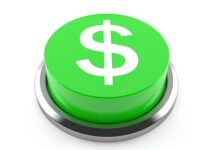



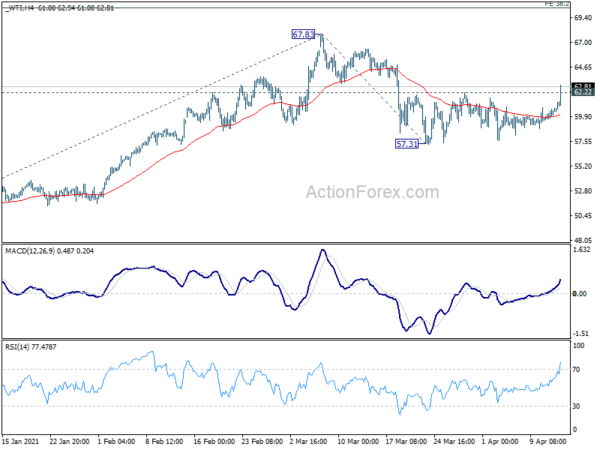
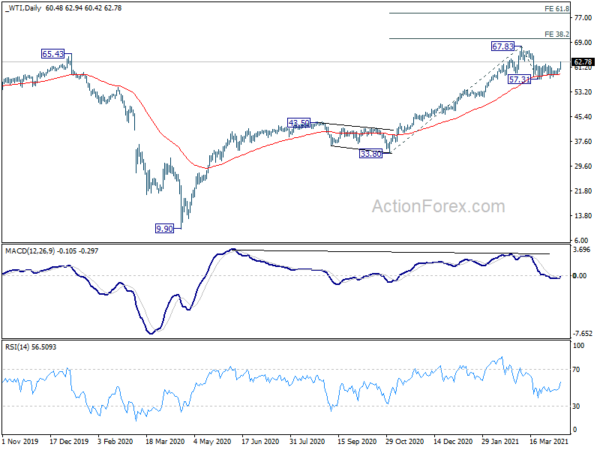


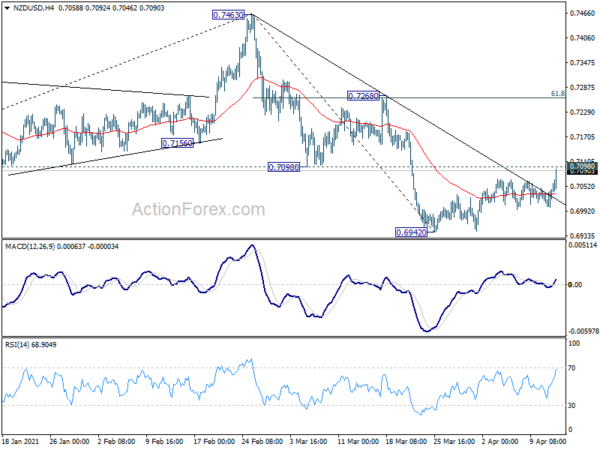
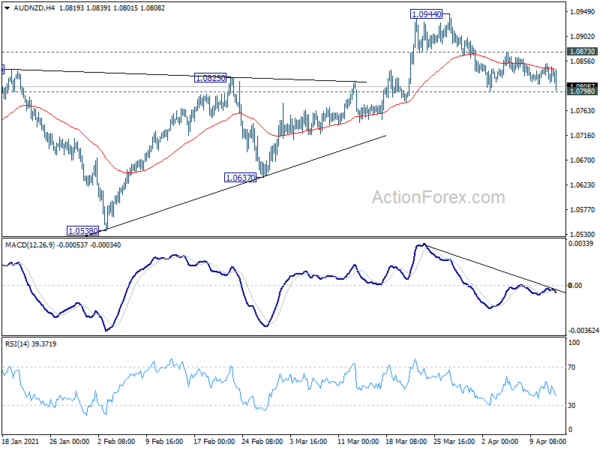

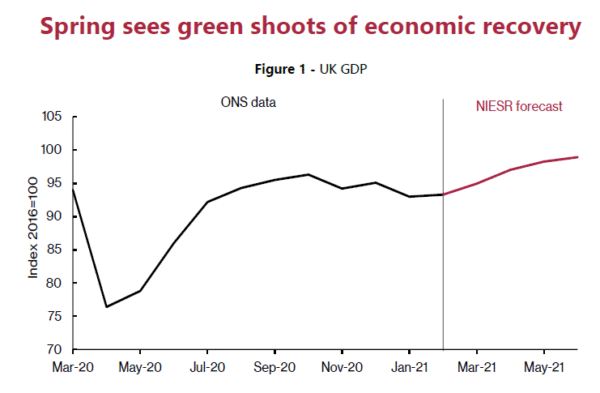
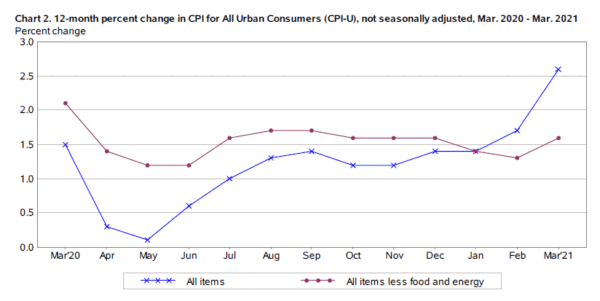
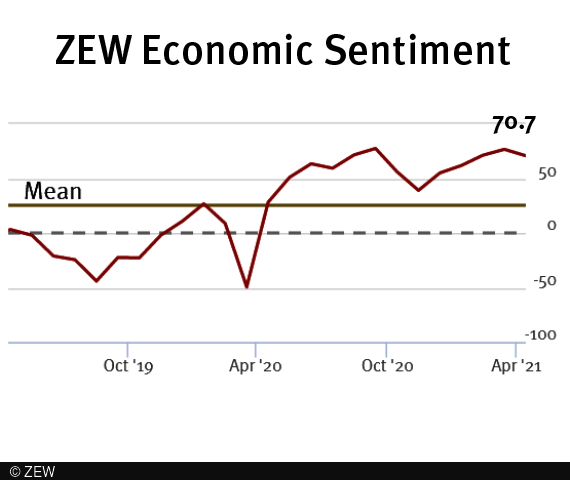
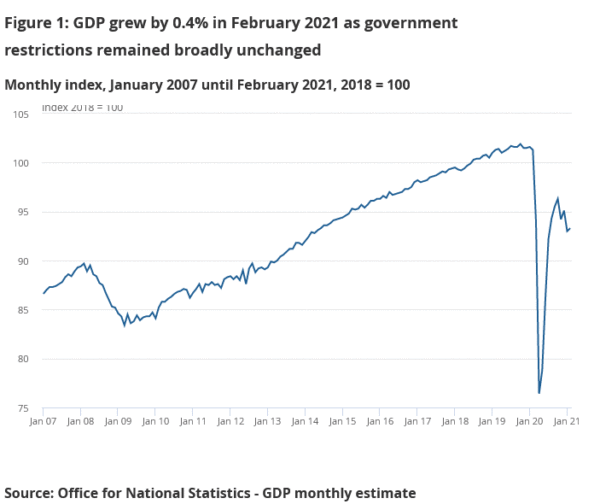
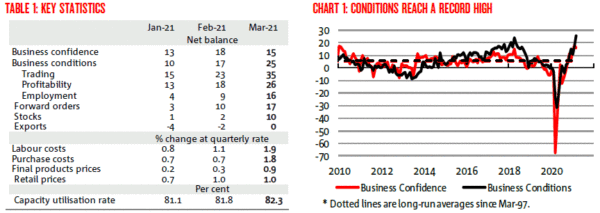

Australia employment grew 70.7k in Mar, hours worked back at pre-pandemic level
Australia employment grew 70.7k in March, double of expectation of 35.0k. However, growth was mainly driven by part-time jobs, which increased 91.5k to 4.20m. Full-time jobs contracted by -20.8k to 8.87m. Unemployment rate dropped to 5.6%, down from 5.8%, better than expectation of 5.7%. participation rate rose 0.2% to 66.3%, a record high. Monthly hours worked rose 2.2% mom or 38m hours, back to pre-pandemic levels.
Full release here.